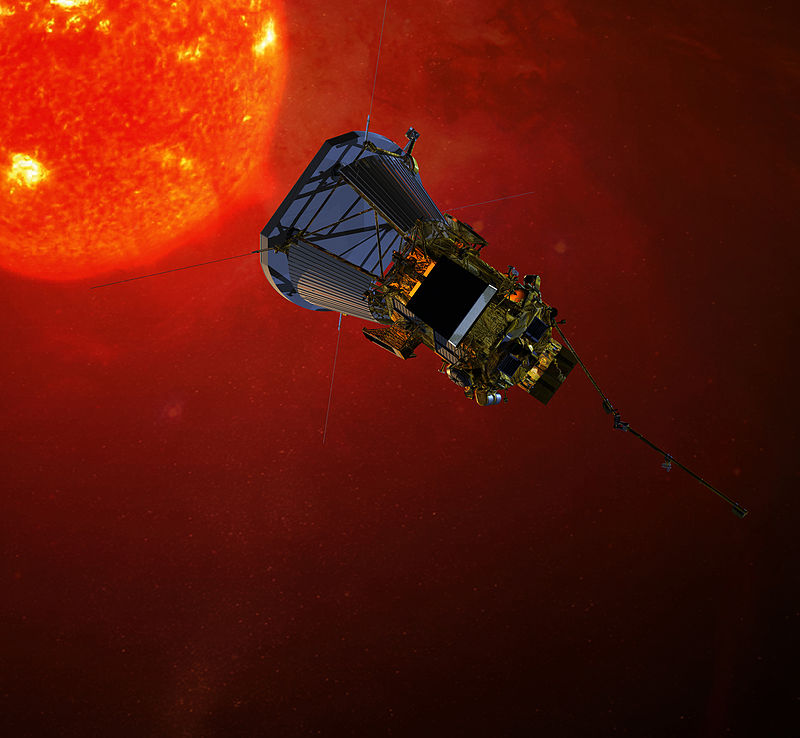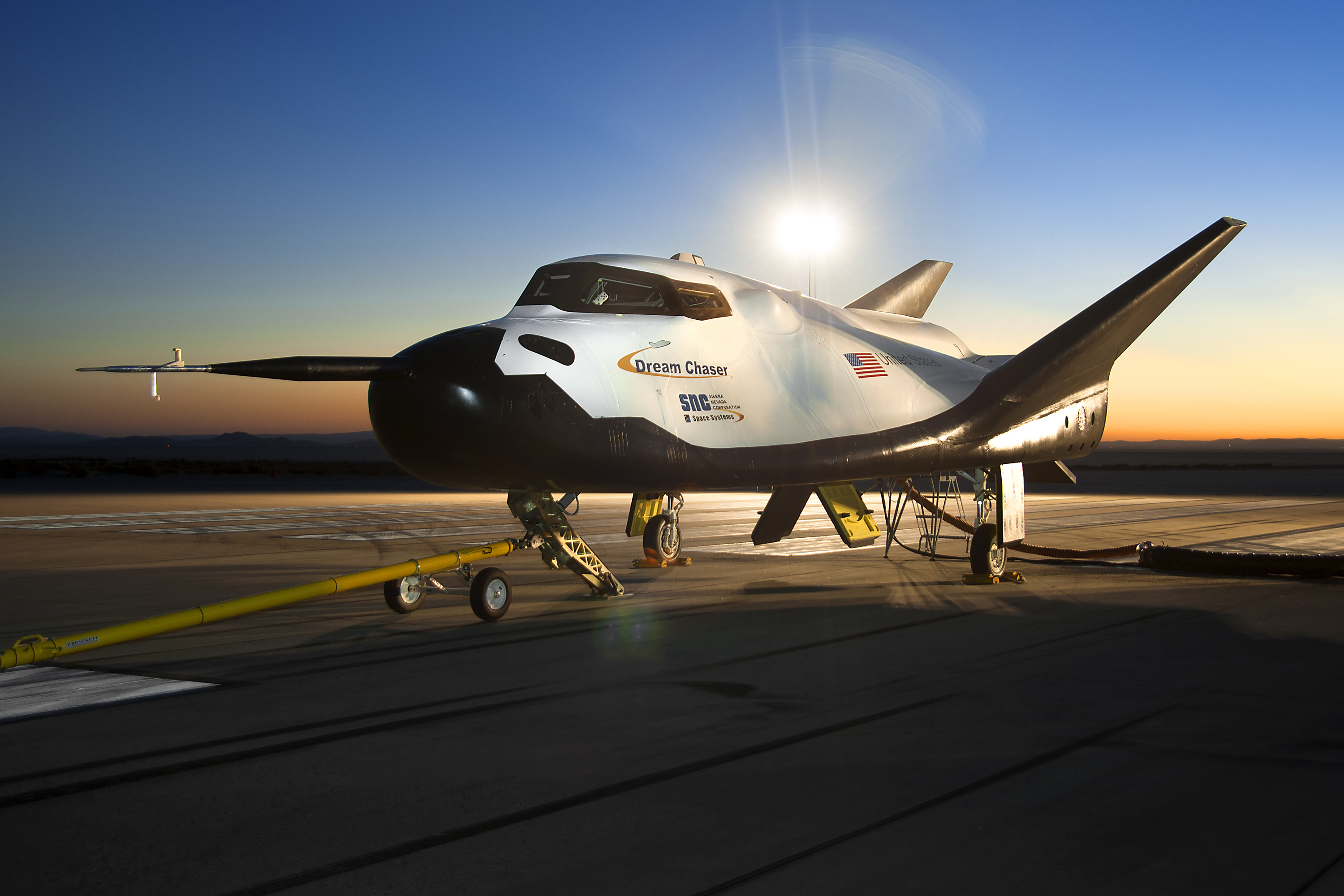
For the years to come, exciting space missions are scheduled, to discover more about the planets within our reach through to researching black holes.
NASA has released information on these future missions that will continue until 2036, and can be found below. However, you should keep in mind the possibility that these missions are subject to change.
This Year

Planetary Society’s Lightsail 2 to be launched in March, showing technology related to the solar sailing systems.
Asgardia (private company) will launch their unmanned satellite and plans to commence research on creating a space-based nation.
SpaceX plans to launch a Crew Dragon Vehicle (unmanned) into orbit in November.
Russia will launch a Multipurpose Laboratory Module into space, which is set for the International Space Station; the mission is scheduled for December.
Again, in December, NASA will launch a Transiting Exoplanet Survey Satellite to search for far away planets.
In the same month, a Characterising Exoplanets Satellite will be launched into space.
And finally, China’s Change 5, along with Google’s Lunar XPRIZE, Space IL and Moon Express are set to go to the Moon; only Change 5 will bring back samples from the Moon.
2018

The European Space Agency will launch BepiColombo in April, and will be Europe’s primary mission to the planet Mercury.
In May, NASA plans to launch the InSight probe to Mars, allowing scientists to study the internal structure of the planet.
Also in May, SpaceX will launch its unmanned mission to Mars.
In July, NASA intends to commence its Solar Probe Plus mission that will allow scientists to observe the Sun from its upper atmosphere.
In October, NASA will finally launch its James Webb Space Telescope. This will replace the Hubble Space Telescope.
Again, in October, the European Space Agency plans to launch the Solar Orbiter, aiding scientists in the study of the Sun’s poles, solar winds and its heliosphere.
2019

The Sierra Nevada Corporation intends to launch a space aircraft known as the Dream Chaser. The aircraft was designed to supply unpressurized and pressurized cargo to the International Space Station. The launch is scheduled for October.
It is also possible that Virgin Galactic may start sending its customers into space.
2020

In July 2020, NASA will send its rover to the red planet, thus naming the mission Mars 2020. The mission is designed to investigate Mars’ past.
Also scheduled for July is Europe’s Exmoor, a mission that will allow scientists to also search for past and present life on Mars.
July will also see the launch of the United Arab Emirates’ Mars orbiter, known as Hope.
Between July and August China plans to launch its first mission to Mars to also examine the planet.
NASA, along with ESA might launch the Asteroid Impact Mission. This will provide information on the possibility of changing an asteroid’s course if a spacecraft hits it.
2021

In October, NASA plans to send the Lucy spacecraft to Jupiter’s Trojan asteroids.
2022

The European Space Agency intends to launch a spacecraft to study Jupiter’s moons. The craft is expected to enter Jupiter’s orbit around 2033.
China plans to launch its first module, the Tiangong-3, for the International Space Station.
The year 2022 will also witness NASA’s launch of Europa’s multiple flyby missions that will allow the experts to examine the heavenly body up close.
In 2022, Japan intends to launch a mission to Phobos, one of Mars’ moons.
Since its announcement in 2012, Mars One has proposed to send a fully manned spacecraft to Mars somewhere between 2022 and 2032.
2023

October is going to see NASA’s launch of the Psyche mission, which is designed to study a resourceful asteroid named Psyche. However, the spacecraft won’t reach the asteroid for seven years.
2024

SpaceX may launch their first manned mission to Mars, the starts of the Interplanetary Transport System.
The European Space Agency will set a return mission to Phobos, one of the moons that orbits Mars.
This year (can vary) will see the closing of the International Space Station, which will later be de-orbited.
The European Space Agency plans to launch a satellite with a mission to search for planets beyond our own. It will specifically look for planets that are similar to Earth and for those that have their own Sun, thus naming the mission Planetary Transits & Oscillations of Stars.
2025

NASA plans to set a mission to Earth from Mars, bringing back material from Mars.
NASA will also launch a telescope that will allow scientists to study dark energy and also look for planets similar to Earth.
2026
NASA has marked 2026 as the year to launch its Asteroid Redirect Mission. This mission will see astronauts approach an asteroid in a lunar orbit.
2028
The European Space Agency has stated that around the year 2028 they will launch a telescope that will outline the hot gases in space, and to also study giant black holes.
2030

NASA has also said they might send people to orbit around Mars, and they might also land on the moons of the red planet; though they are planning a manned mission to land on Mars around 2030.
China and Russia have also announced the possibility of sending people to the Moon in the 2030’s.
Russia’s space program also stated a spacecraft may be launched to touch the surface of Mercury.
2036

The year 2036 might witness a spacecraft leaving for the nearest star called Proxima Centauri by a private organisation called Breakthrough Initiatives.
Source: JPL, Reddit Space, Scientific American, Space Answers, Relatively Interesting, Mental Floss, Future Timeline, IFL
This article (NASA’s Released a List of All Future Space Exploration Missions Until 2036) is a free and open source. You have permission to republish this article under a Creative Commons license with attribution to the author and AnonHQ.com.
Supporting Anonymous’ Independent & Investigative News is important to us. Please, follow us on Twitter: Follow @AnonymousNewsHQ





Greetings,
Funny but I didn’t notice any manned return to the moon. They are going to send probes to the nearest stars yet they cant put a man on the moon.